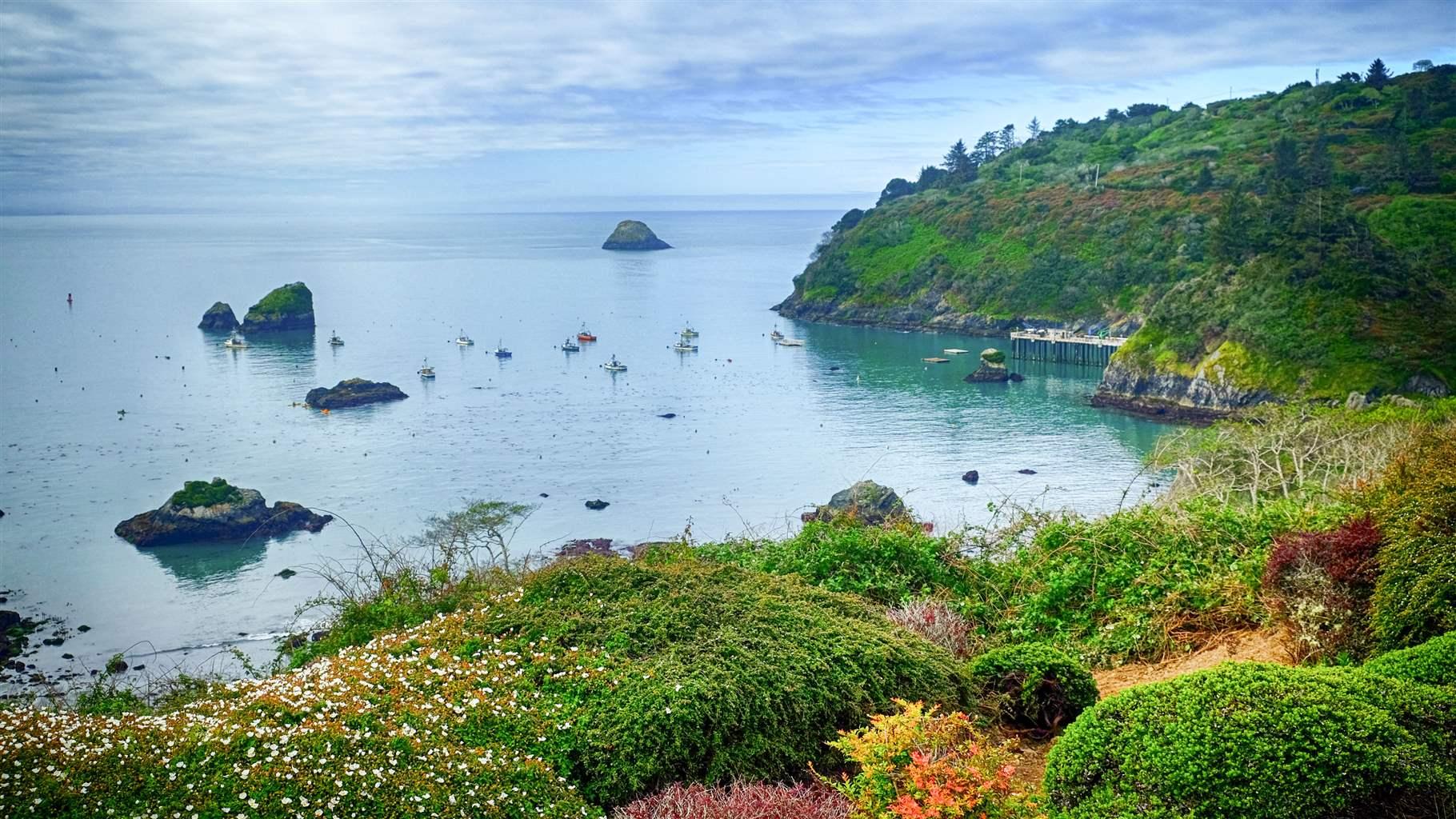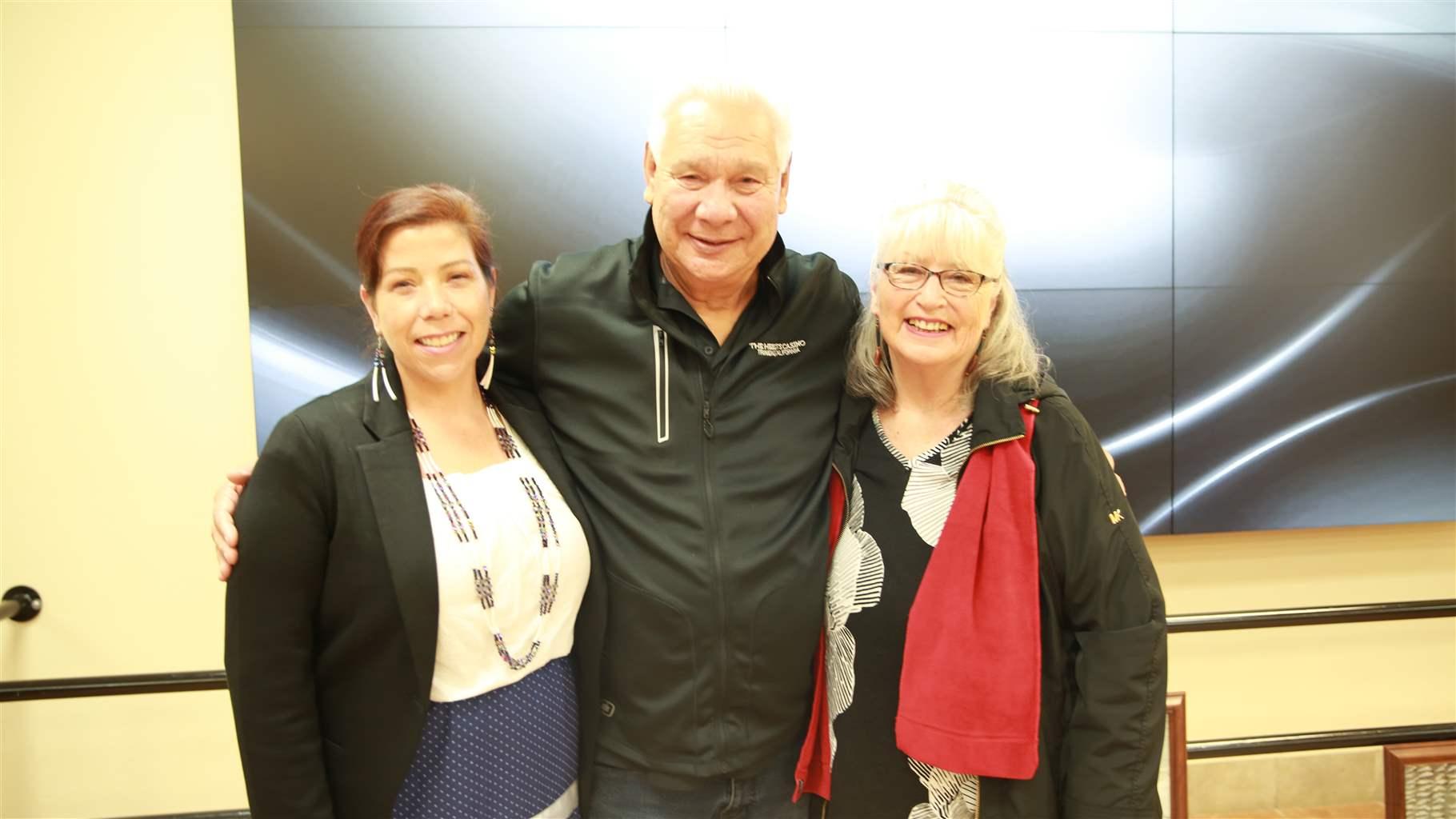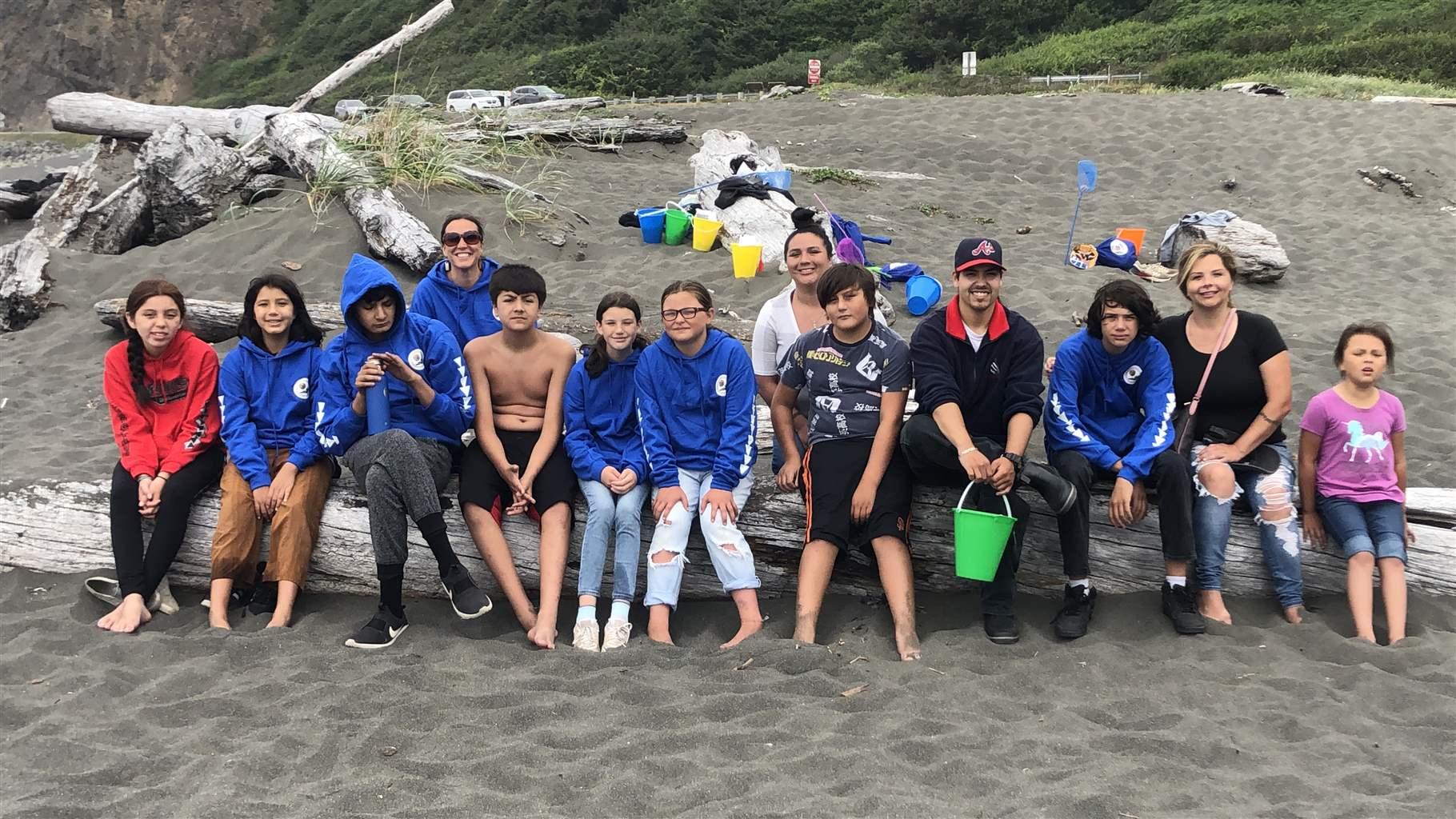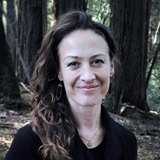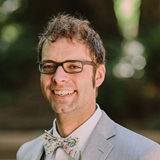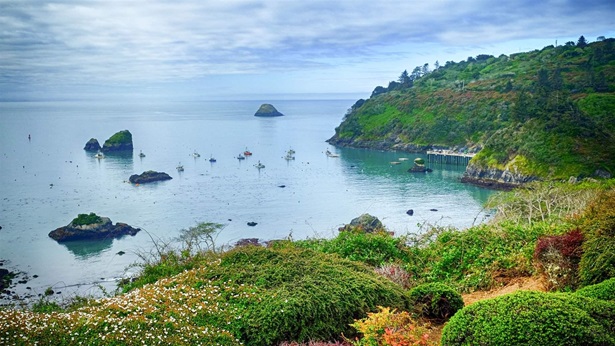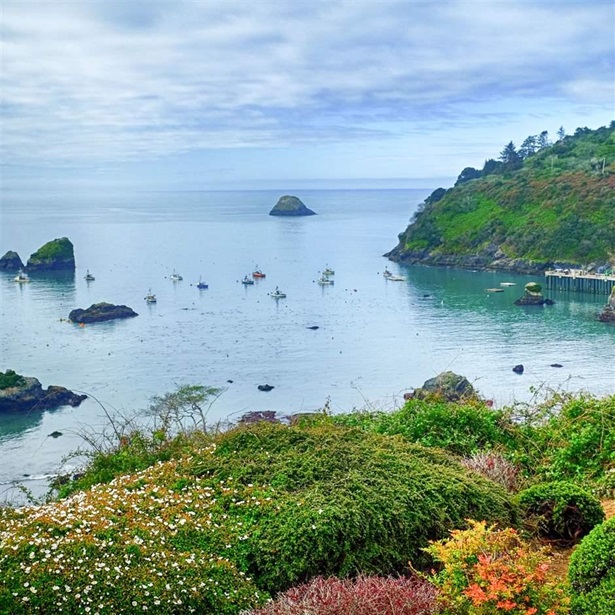Tribal Nations Designate First US Indigenous Marine Stewardship Area
Yurok-Tolowa-Dee-ni’ Indigenous Marine Stewardship Area designated by West Coast Tribal governments
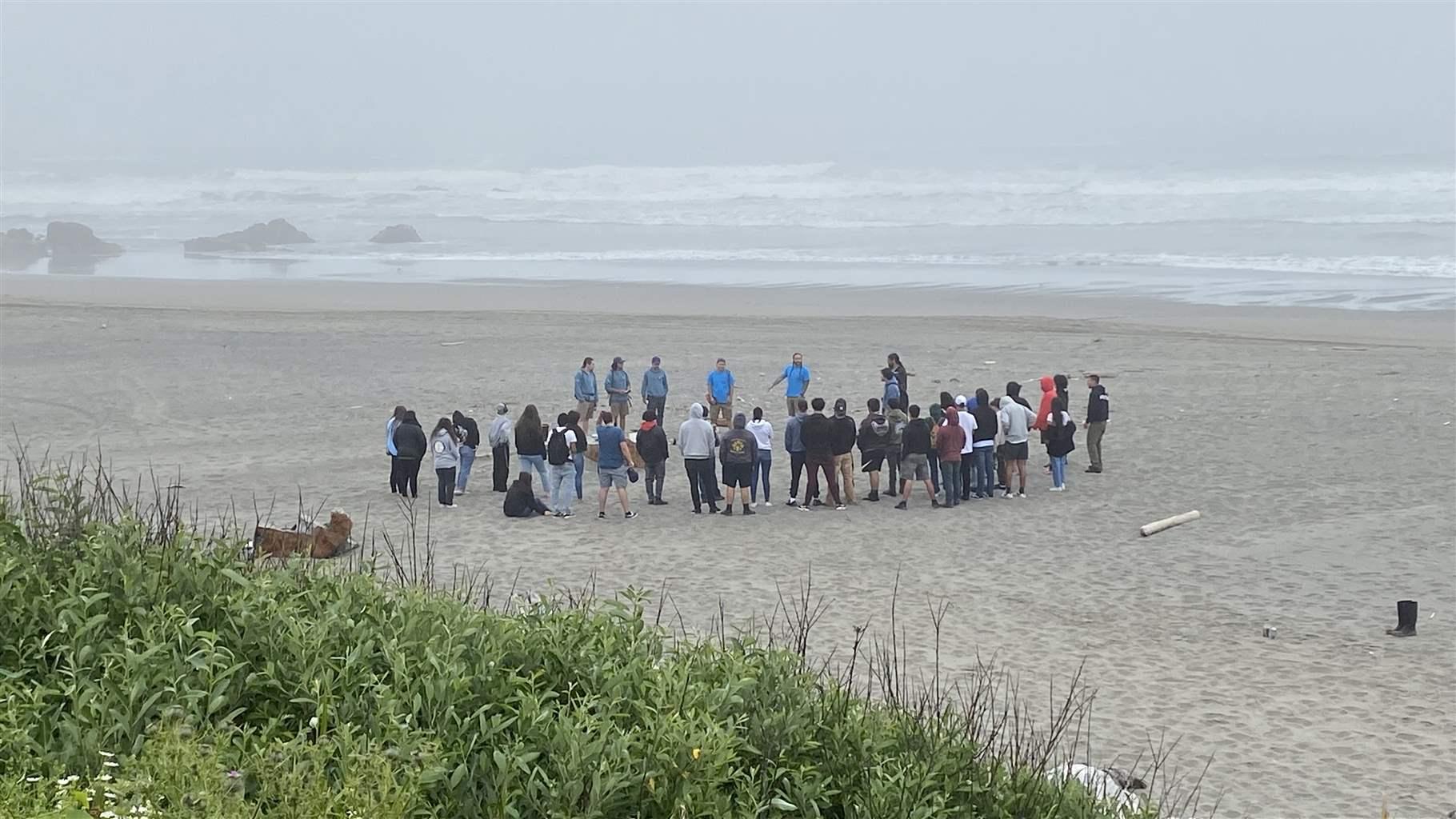
For millennia, Indigenous communities and Tribal Nations in the United States have stewarded their lands and waters—for food, medicine, ceremony, and other customary uses—and many continue to do so today. In California, despite a legacy of “violence, exploitation, dispossession, and the attempted destruction of tribal communities,” as acknowledged in an executive order by Governor Gavin Newsom (D), many Tribal communities have persevered, survived, and are recognized as sovereign governments.
In early December, members of three federally recognized Tribal Nations—the Resighini Tribe of Yurok People, Tolowa Dee-ni’ Nation, and Cher-Ae Heights Indian Community of the Trinidad Rancheria—gathered in northern California to celebrate the new Yurok-Tolowa-Dee-ni’ Indigenous Marine Stewardship Area (IMSA). It is the first such designation enacted by Tribal governments in the United States.
“The Trinidad Rancheria is honored to be a part of this collaborative effort in the stewardship and management of our ocean and coastal territory,” said Garth Sundberg, chairman of the Cher-Ae Heights Indian Community of the Trinidad Rancheria.
Spanning coastal forests and dunes from the California-Oregon border to just south of Trinidad, California, and extending 3 miles offshore into the Pacific Ocean, the nearly 700-square-mile IMSA is home to plants, fish, and other wildlife of significant value to area Tribes. Through the IMSA, the Tribes aim to safeguard the area from threats, including sea level rise and coastal erosion, by enhancing Tribal stewardship and applying their Indigenous knowledge to help improve poor water quality, reverse ocean acidification and species and habitat loss, manage offshore development, and mitigate other climate impacts affecting their communities.
The state of California has not yet formally responded to the IMSA announcement. However, in April 2022, the California Natural Resources Agency released its “Pathways to 30x30 California” report, which commits the state to strengthening partnerships with Tribes and specifically prioritizes IMSAs as a collaborative approach for furthering California’s objective to protect at least 30% of its lands and waters by 2030. And in 2024, the California legislature will consider Assembly Bill 1284 to better define and put into action co-management of natural resources between Tribal Nations and the state of California. The Pew-supported legislation was written by Assembly Member James Ramos (D) and sponsored by the Resighini Tribe of Yurok People and the Tolowa Dee-ni’ Nation.
“Our Tribes have a responsibility to steward, protect, and restore the ocean and coastal resources within our ancestral territories,” said Jeri Lynn Thompson, chairperson of the Tolowa Dee-ni’ Nation. “We seek to establish long-term, consistent engagement with state and federal agencies, while implementing Indigenous traditional knowledge and Tribal science into management practices within the IMSA.”
The three Tribes are involved in ongoing ocean and coastal research and species monitoring projects, which they seek to enhance through the new designation. In identical proclamations issued in 2023, each of the Tribes stated, “[W]e … can no longer wait to act to preserve and protect this culturally and ecologically important place.” In their resolutions, the Tribes also invite “other federally recognized Tribal governments with ancestral connections to this area, as well as the government of the United States and the government of the state of California, to work with us in achieving our vision for reclaiming Tribal stewardship.”
“We are here today to celebrate the designation of the IMSA but it’s equally important to acknowledge, and to celebrate, the inter-Tribal collaboration and partnership that has made this designation happen,” said Fawn C. Murphy, chairperson of the Resighini Tribe of Yurok People. “We all share a common culture and way of life that needs protecting and we share the same desire to leave something for future generations to be proud of.”
Jos Hill is a project director and Bobby Hayden is an officer with The Pew Charitable Trusts’ U.S. conservation project.
